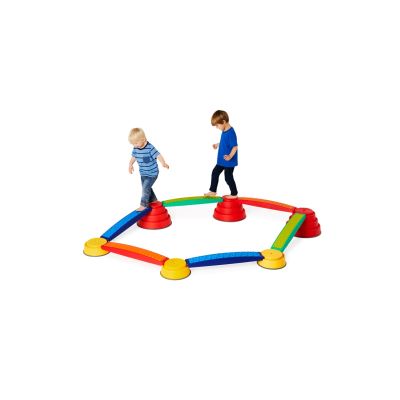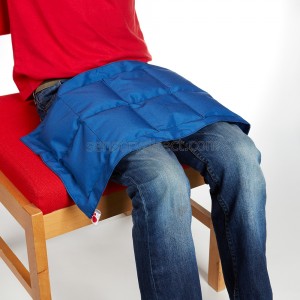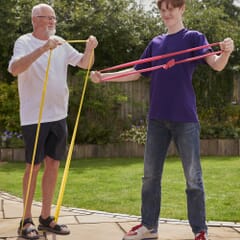Get exclusive deals you won't find anywhere else straight to your inbox.

The Classroom And The Vestibular System
What Is The Vestibular System?
The vestibular system system is located within the inner ear. It is physically attached to the cochlea (the part of the ear that senses sound). Like the cochlea, it is fluid-filled and lined with hair-like structures.
The structure of the vestibular system is made up of three semi-circular canals and two sac-like structures called the saccule and utricle. The entire mechanism is quite small and could sit on a ten pence piece.
An intact vestibular system is necessary for:
- Marking your position in space…. “you are here” in the map of your life
- Balance
- Attention
- The ability to localise sound
- Motor coordination
- The ability of your eyes to scan for reading
- Emotional regulation
The vestibular system is the vestibule (or entry) to the brain. It feeds the reticular activating system, the part of the brain that is responsible for maintaining a level of alertness.
The vestibular system is also hardwired to coordinate with vision and hearing, to create the synthesis of a triad of input to give one perception of where you are in space.
Signs Of Vestibular Dysfunction
There are numerous behaviours one might observe in the classroom that could be indicative of vestibular dysfunction.
Think of these categories:
Posture:
- Slumping in seat Resting head on the desk
- Tipping back and balancing on two chair legs
- Propping or leaning against furniture or walls
- Falling off chair
Movement:
- Moving all the time OR seldom moving/ poor endurance
- Fidgeting/trouble sitting still
- Bumping into walls, desks other children
- Falling or general clumsiness
- Difficulty balancing on one foot or walking on balance beam
- Trouble judging space for social interactions (“in your personal space”)
- Difficulty with handwriting
Vision:
- Skipping lines when reading
- Trouble copying information from the blackboard
- Trouble kicking or catching balls
Arousal:
- Ability to attend to work, play, lessons is impaired
- Very quiet, “spacey,” easy to overlook
- Loud, over-active
- Trouble staying “just right” (either high or low)
Strategies That Can Help :
All children are different so consulting with a qualified OT is a must. Below are some strategies that may help:
- Weighted Lap Pad for deep pressure when sitting down
- Wedge Cushions for posture
- Walking on a Balance Beam
- Resistance Bands
- Use of Therapy Balls for balance and coordination
- Fidget toys
- Weighted Wrist Bands to help writing
- Writing Slopes for better posture and concentration
- Swinging and hanging upside down at playtime
- Active playtime at breaks – playing chase, kicking a ball, spinning etc

Extracted from “You Spin Me Round”: The Vestibular System in the Classroom by Ann Stacey, OTR, and Susan Dykema, OTR





